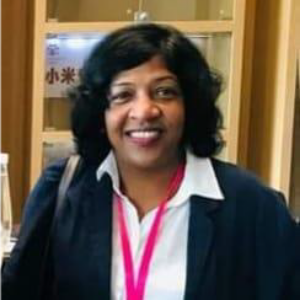Abstract:
Ayurveda, Allopathy and Homeopathy are popular in society, where the primary goal of these medical systems are achieving a healthy life. Ayurveda is a compound word; Ayu meaning life or life principle and the word veda refers to knowledge or science. Therefore, Ayurveda unevenly translates as the knowledge of life.
Cerebral Palsy (CP) is one of the common leading causes of childhood disability that affects movement, posture and coordination. And it is caused by brain damage before, during or soon after birth. Because of this problem most of the children have to face many motor activities dysfunction and it becomes a common developmental disability problem. It can be correlated to a certain extent with the Balaka Pakshaghata (BP) in Ayurveda medical system. Etiopathogenesis and symptoms of Balaka Pakshaghata are similar to Cerebral palsy. According to the Ayurvedic concepts, the etiologies can be categorized as Garbha purva nidana (periconception causes), Garba kaeena nidana (prenatal causes), Prasava kaleena nidana (perinatal causes) and Prsavoththara nidana (postnatal causes).
There are effective Ayurvedic treatment regimens with selected Pancha karma (bio purification measures) procedures used for the management of cerebral palsy. Ayurvedic treatment includes both internal and external treatment modalities. Internal drugs such as Brahmi [Bacopa monnieri (Linn,) Pennel ] , Mandukaparni [ Centelle asiatika (Linn) Urban ] ) etc. have powers of improving brain functions. Most of the external therapies such as Shirodara , Shiro vasti used for aiming the brain functions and Kaya sheka, Pinda sweda are time tested experiences which are used as external treatments for Balaka Pakshaghata . Those treatments have a successful effect on reducing body stiffness and contractures and help to maintain muscle strength.
These selected Ayurvedic treatment modalities are effective in relieving the signs and symptoms and reducing the disabilities in children with BP/CP, improving growth and development of children.




